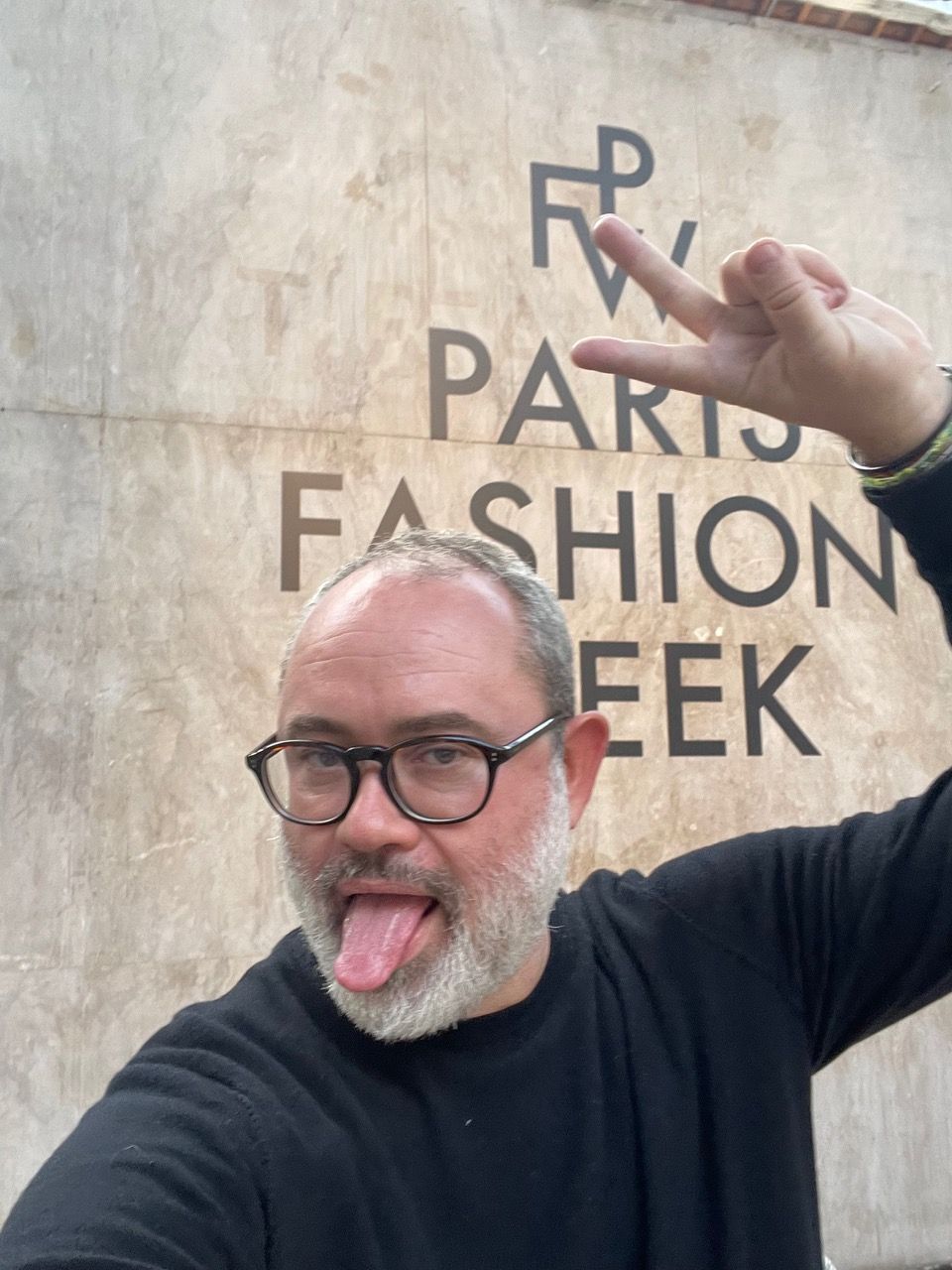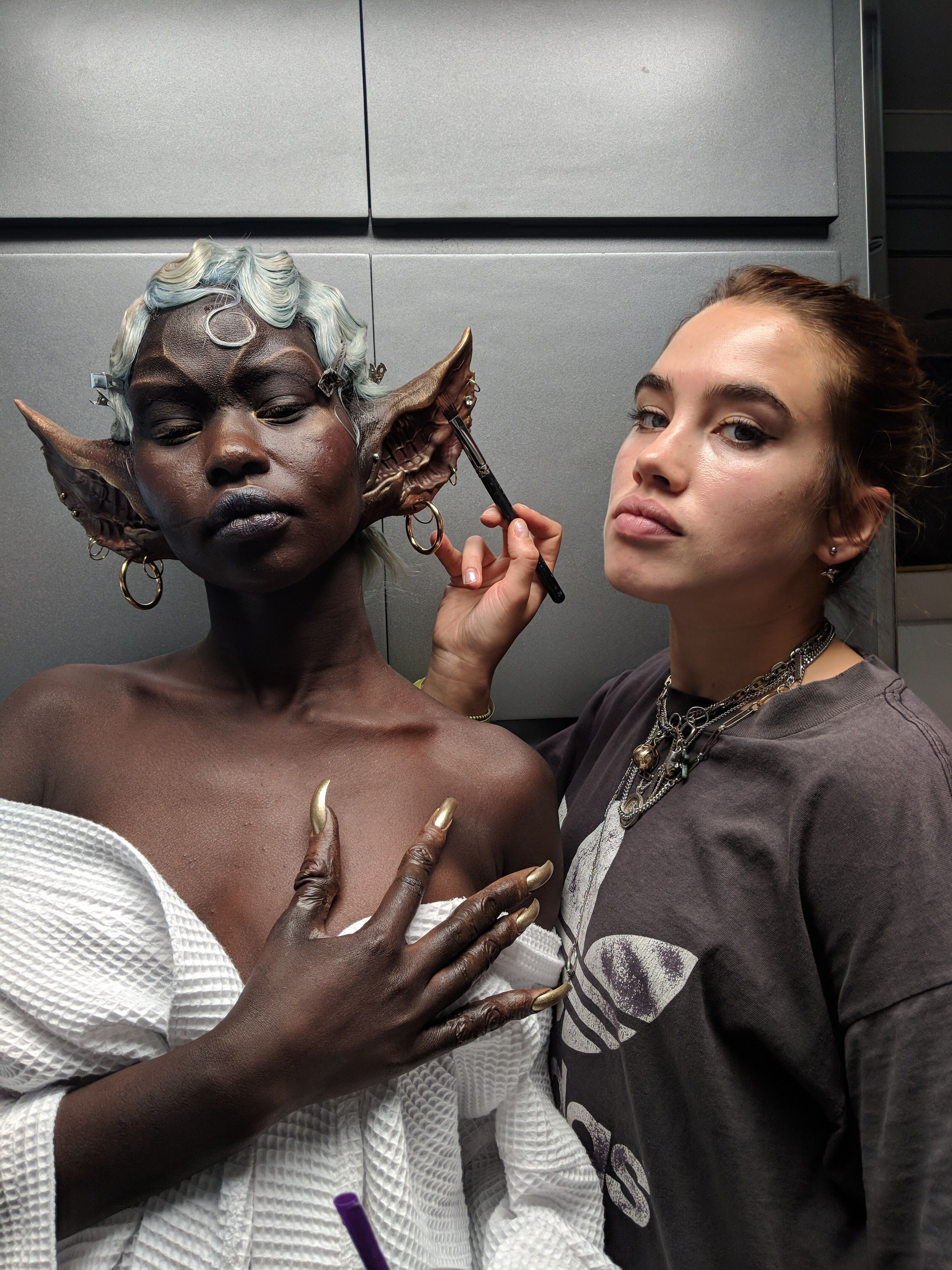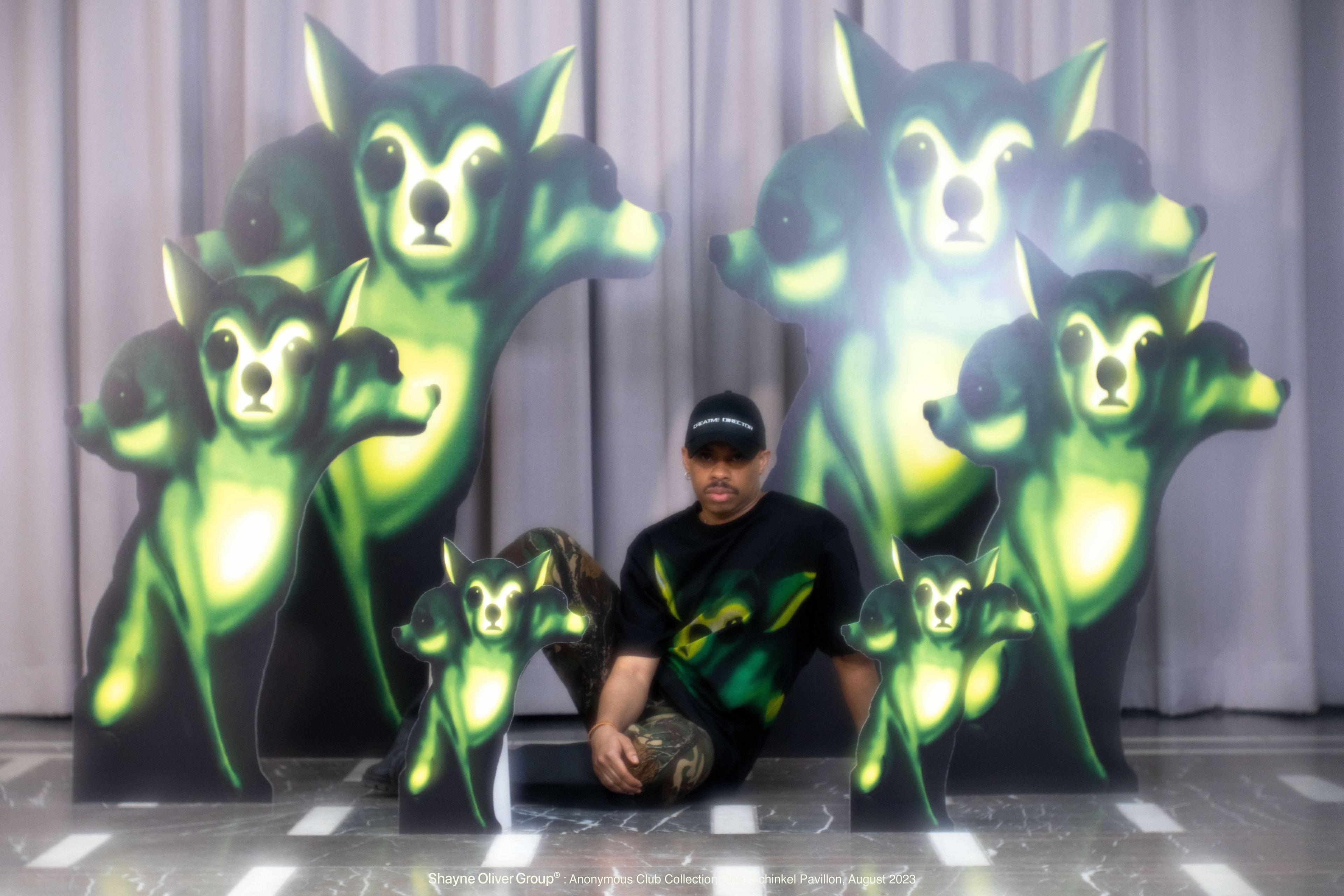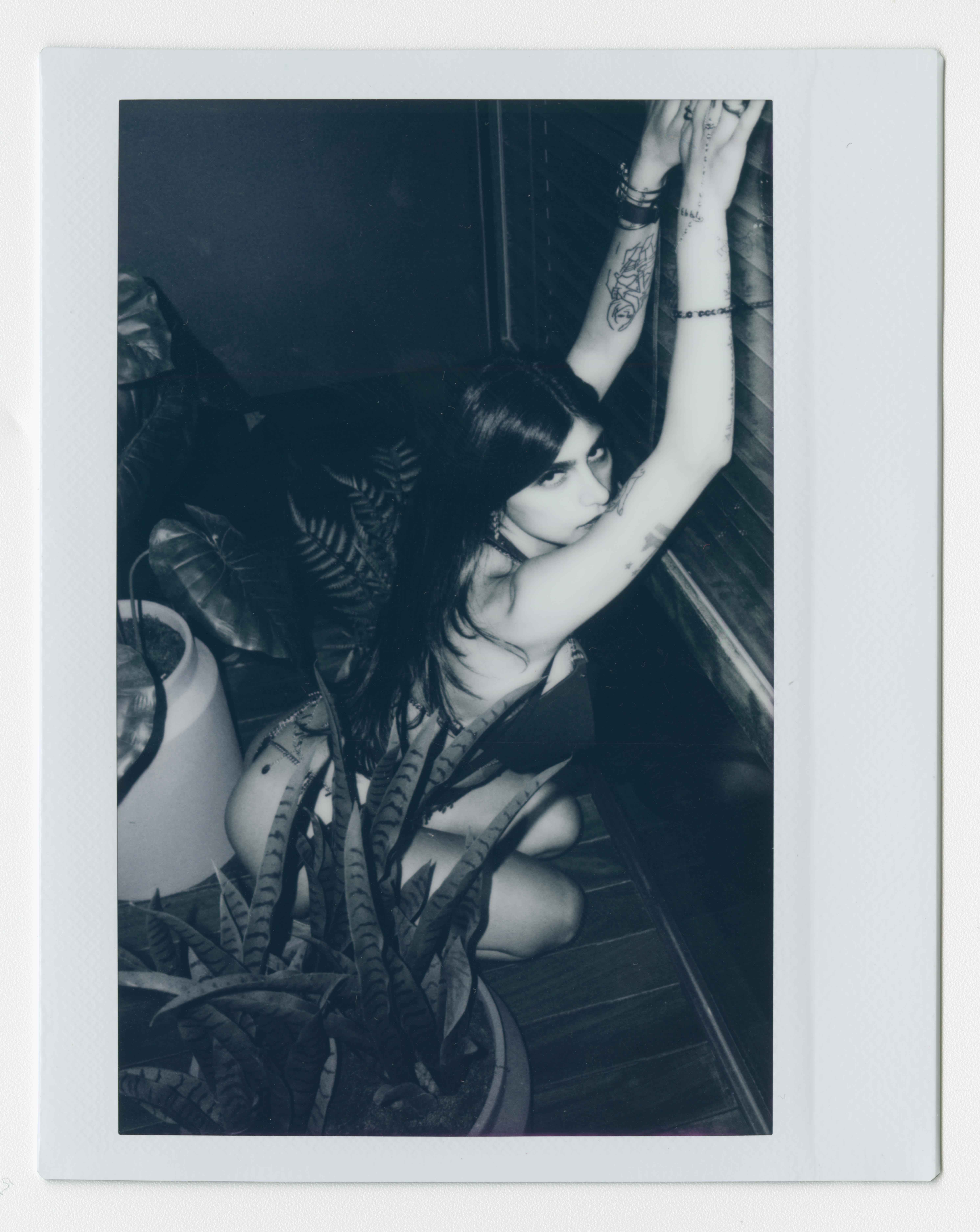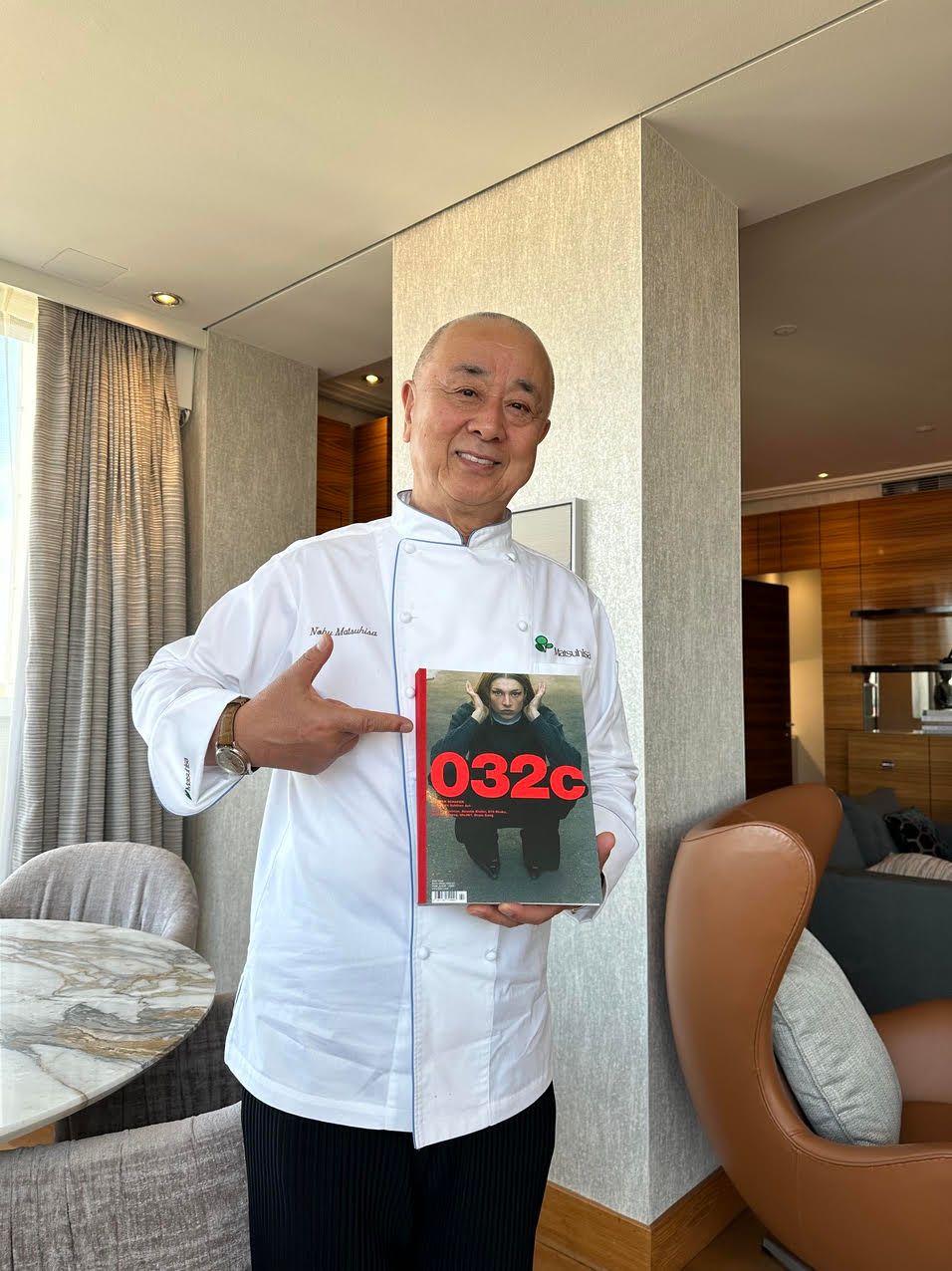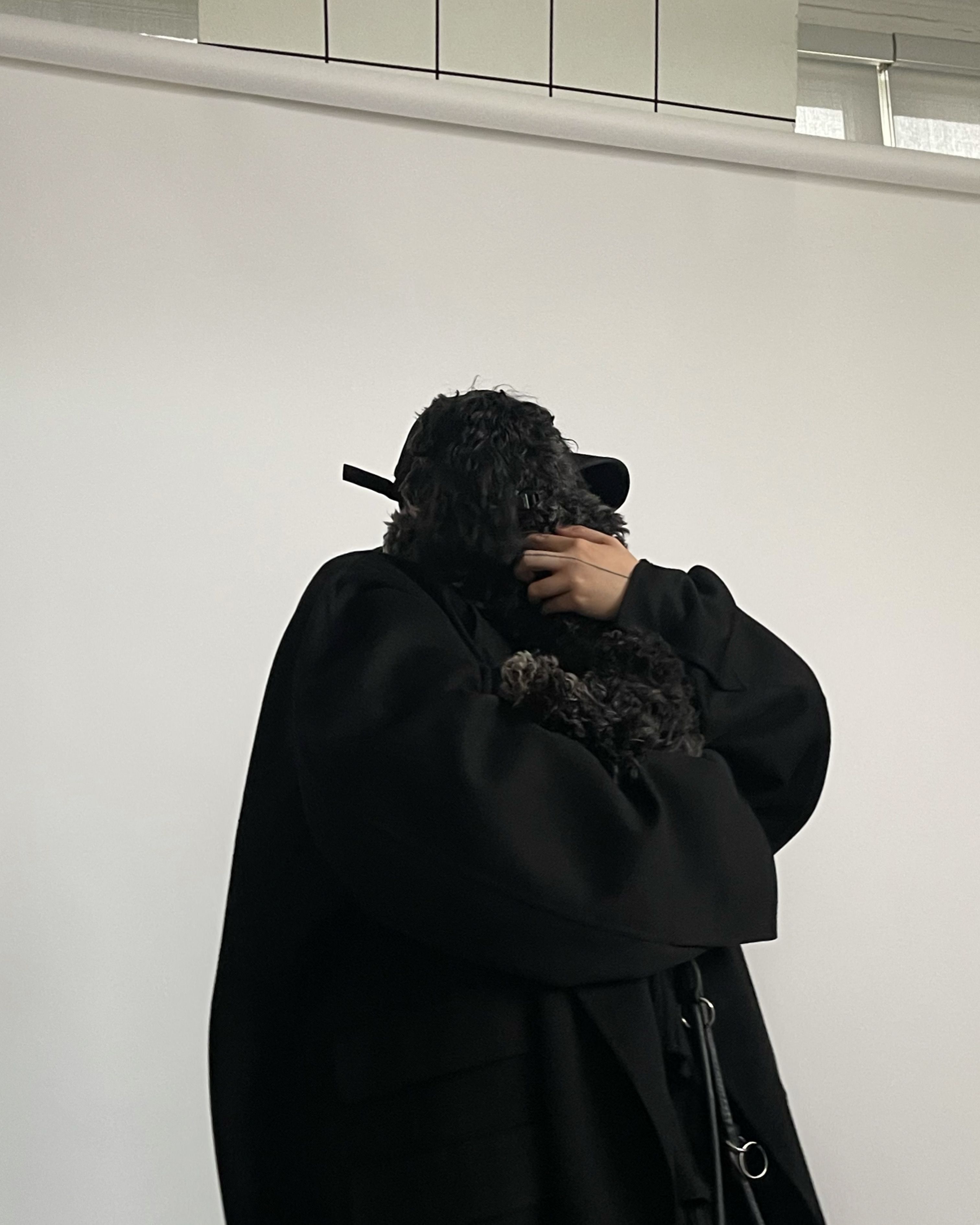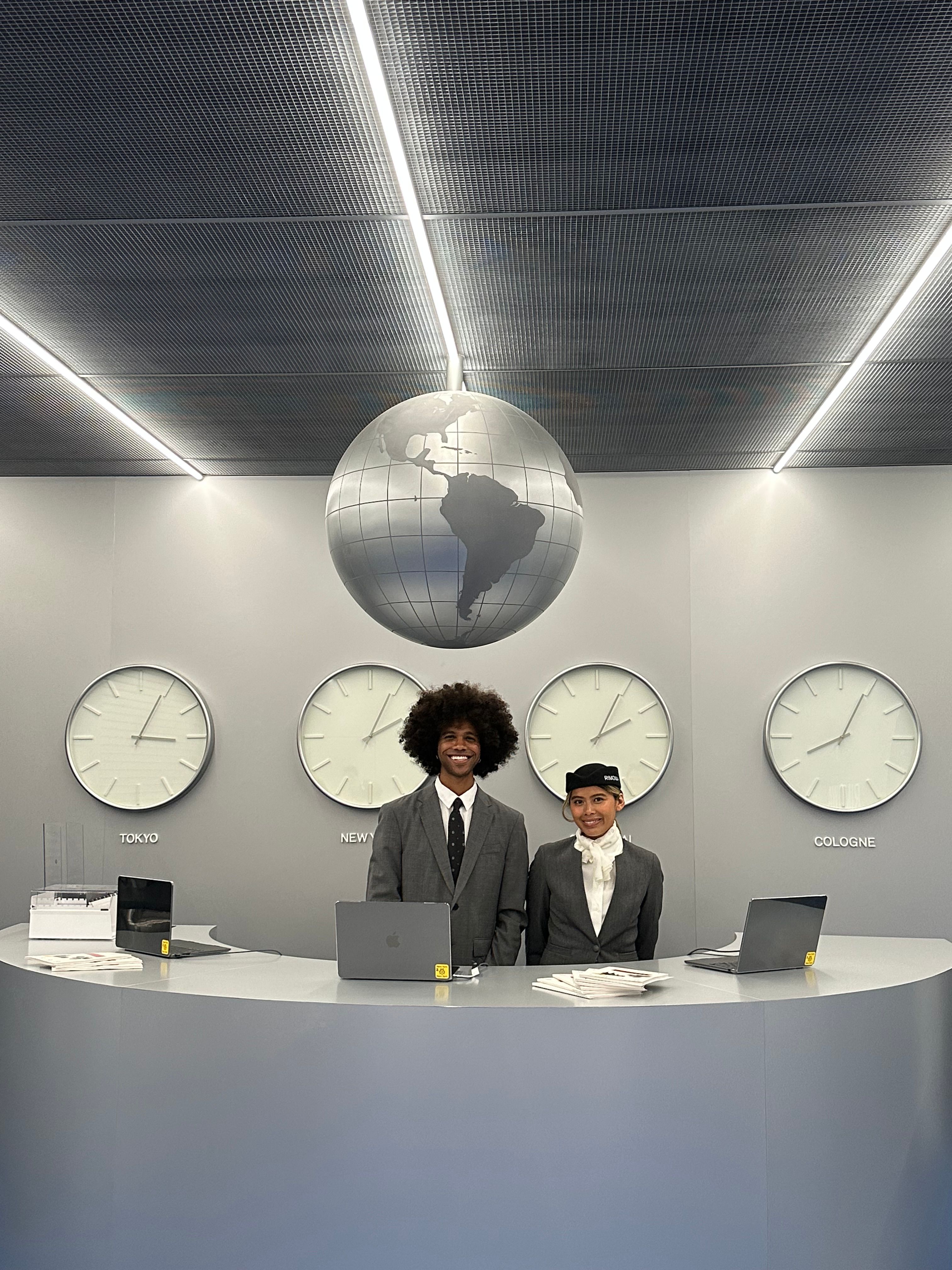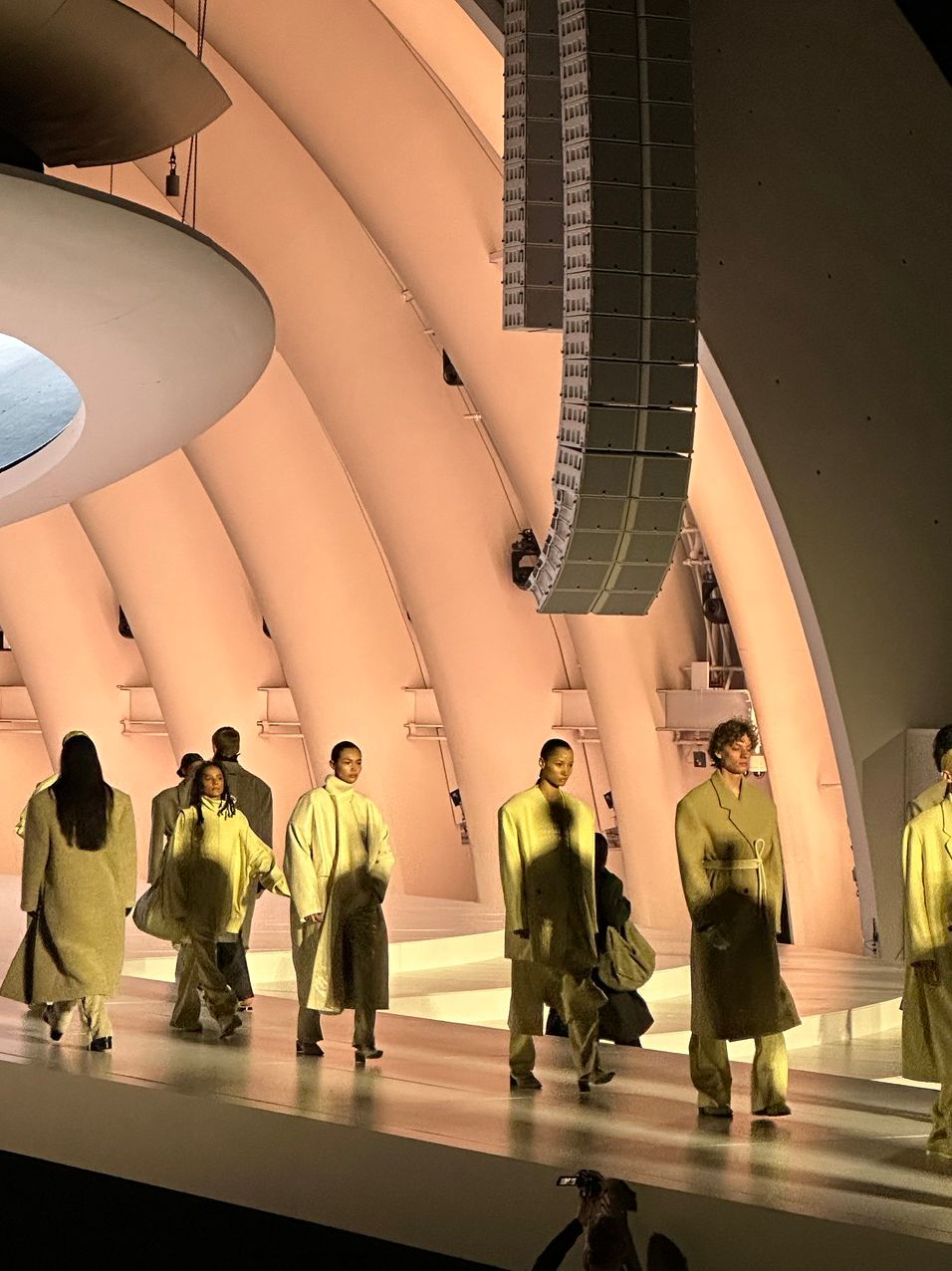Brenda’s Business with Youssef Marquis
|BRENDA WEISCHER
While we know how to put a price on work hours, product quantities, and engagement rates, there are jobs in fashion where the output is difficult to measure. The role that Youssef Marquis plays in fashion has less tangible deliverables, as it’s about relationships, match making, and moments.
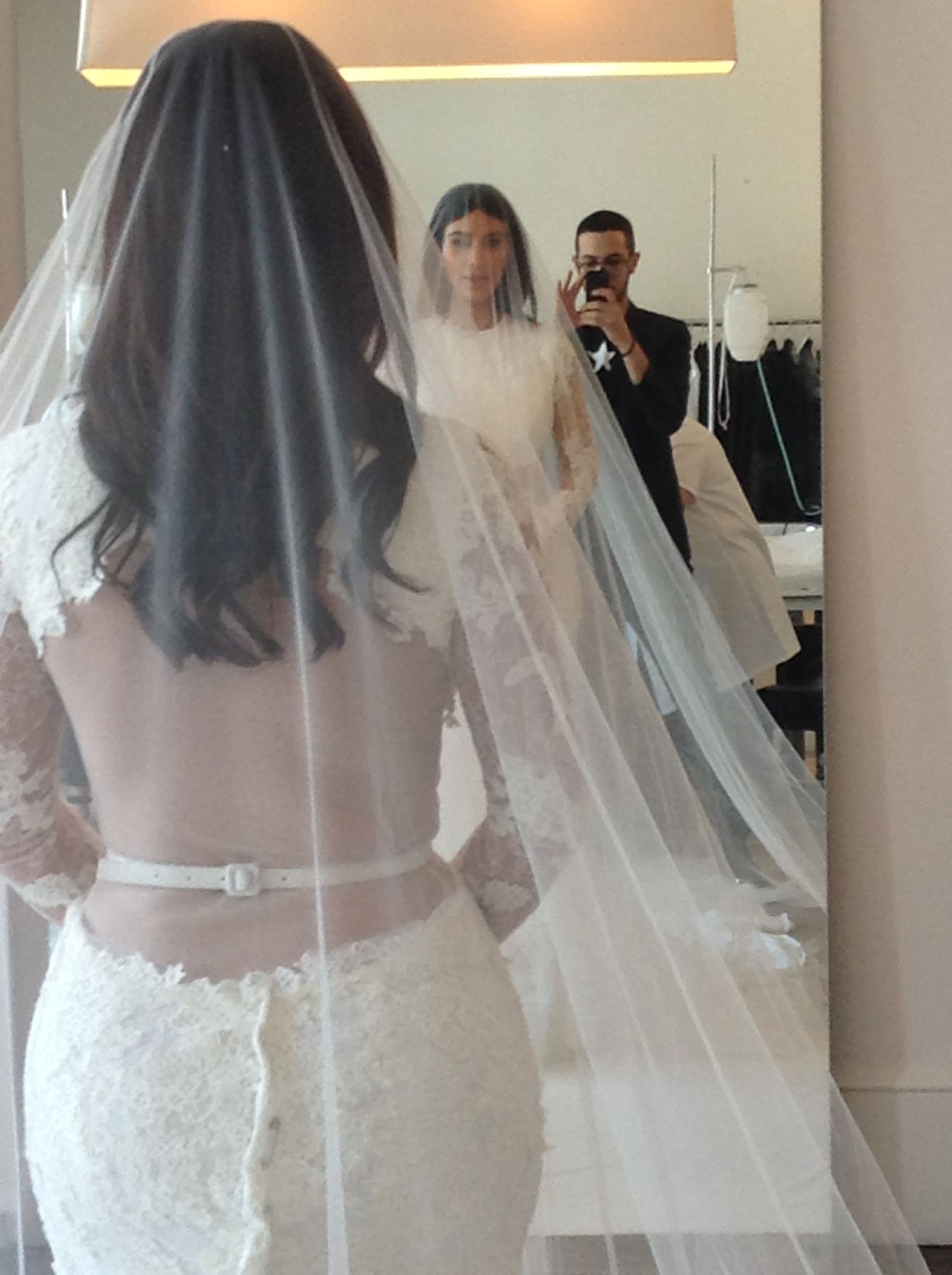
It’s the kind of job that, no matter how successful, is hard to narrow down or explain to your parents. For high fashion brands, however, these “moments” are often everything.
Having served as the fashion communications director at Louis Vuitton for one year and as Givenchy’s worldwide communications director for seven years prior, Marquis opened his own agency called Marquis in January 2023. It was announced last year that LVMH offers support. Besides the namesake brand of Phoebe Philo, LVMH has not publicly announced support of anything else. I meet Marquis in his headquarters in Rue du Faubourg Saint-Honoré to talk about pop culture, what makes an icon, and who makes up the communications departments of “capital F” fashion.
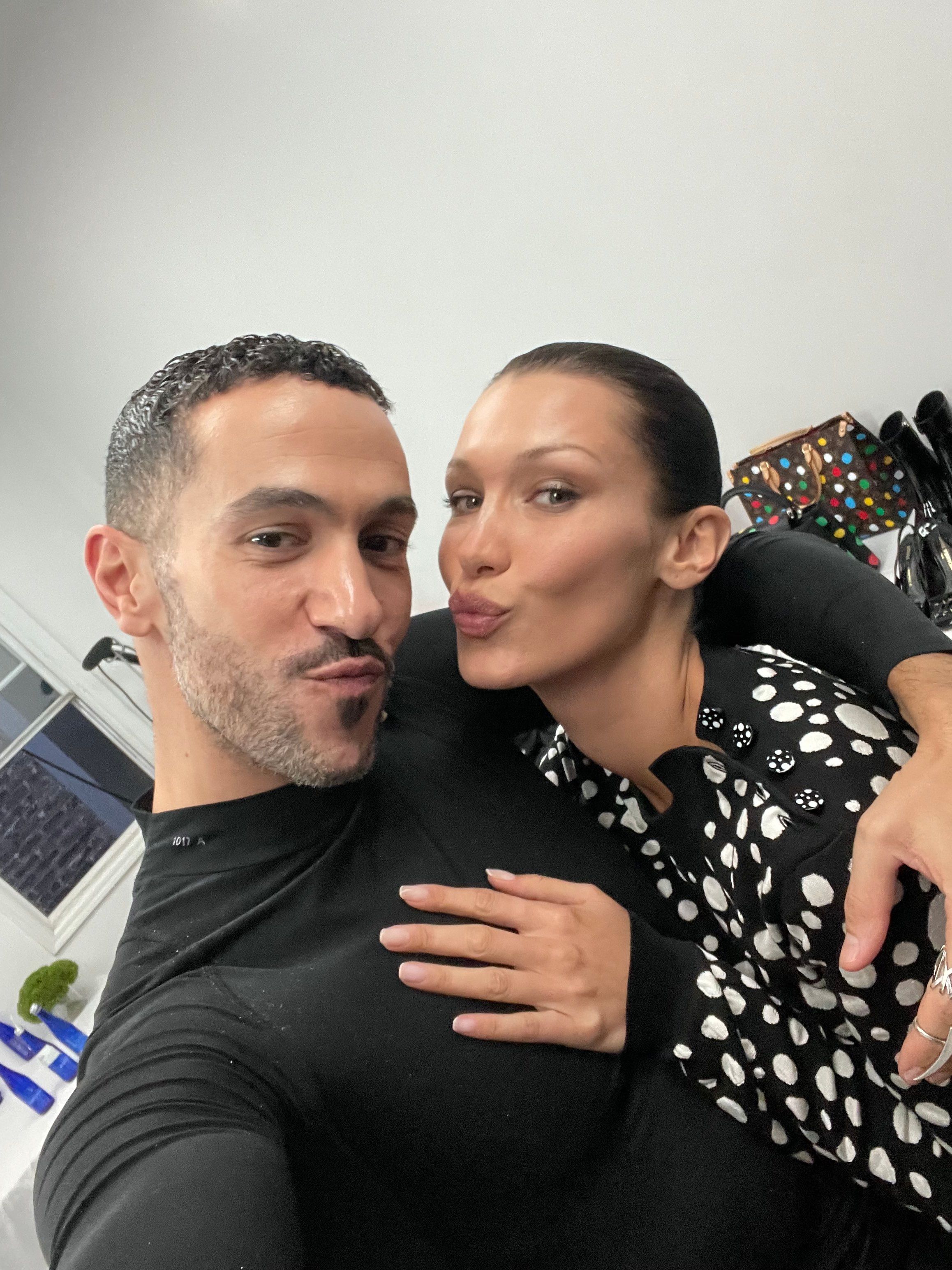
BRENDA WEISCHER: Your office hints at a very distinctive personal affection to fashion and design. So, before we get to your career, I would like you to talk a little bit about your personal journey with aesthetics. I think it led you to create your job, right?
YOUSSEF MARQUIS: Part of the reason why I love Riccardo [Tisci] and Rick [Owens] is because I was the kid and teenager who was obsessed with The Matrix, grunge, the gothic aesthetic, The Addams Family, vampires, and all of that. Helmut Lang, Yohji [Yamamoto], [Martin] Margiela, and all the designers who had this very specific approach to fashion were very formative for me. Two things came together in my career: this deeply rooted love for darker fashion and the educated knowledge that came out of that, plus an obsession with popular culture. I love big landmark movies, bigger things that move society. Keeping up with celebrities. This was all before the social media era. These two things could potentially move towards each other, I kept that in mind while starting my first internships in communications.
A defining moment for me was working at Lanvin under Alber Elbaz, who really made me fall in love with the process of how fashion is created through incredible talent. I was a press assistant, but things were still so old school that I found myself in charge of celebrity requests, dressings, and stylings even at the very beginning because it wasn’t such a big thing yet. It was more like, “Do you like this? Ok, you do it.” So I ended up dressing Alicia Keys and Celine Dion. Alber was one of the first people who truly understood placing product on celebrities.
I then met Carine [Roitfeld], who was the EIC of Vogue Paris at the time and was often working with Riccardo at the very early stages of his Givenchy era. She told me, “You have to meet Riccardo.” She’s not only a creative but a visionary. She saw potential there, saw how it could work. She introduced me to Riccardo, his comms team, and I left Lanvin to work at Givenchy. Mind you, we were four people in the comms team when I started. I came to work on the celebrity side of things.
The first giant thing we did was the Madonna tour. At that point, Riccardo had been at the brand for two years and people were like, “Why is it getting so dark?” or “that’s not Givenchy.” But one thing Riccardo taught me and everyone around him was that when you are sure about something, you keep going. You ignore the noise and you keep going with your vision. And people eventually started to get it. Around 2007 was the tipping point and people started being like, “Oh, this is it.” And for the next ten years, it never stopped being it. We worked so hard; we didn’t have the means of communication that the other big houses did.
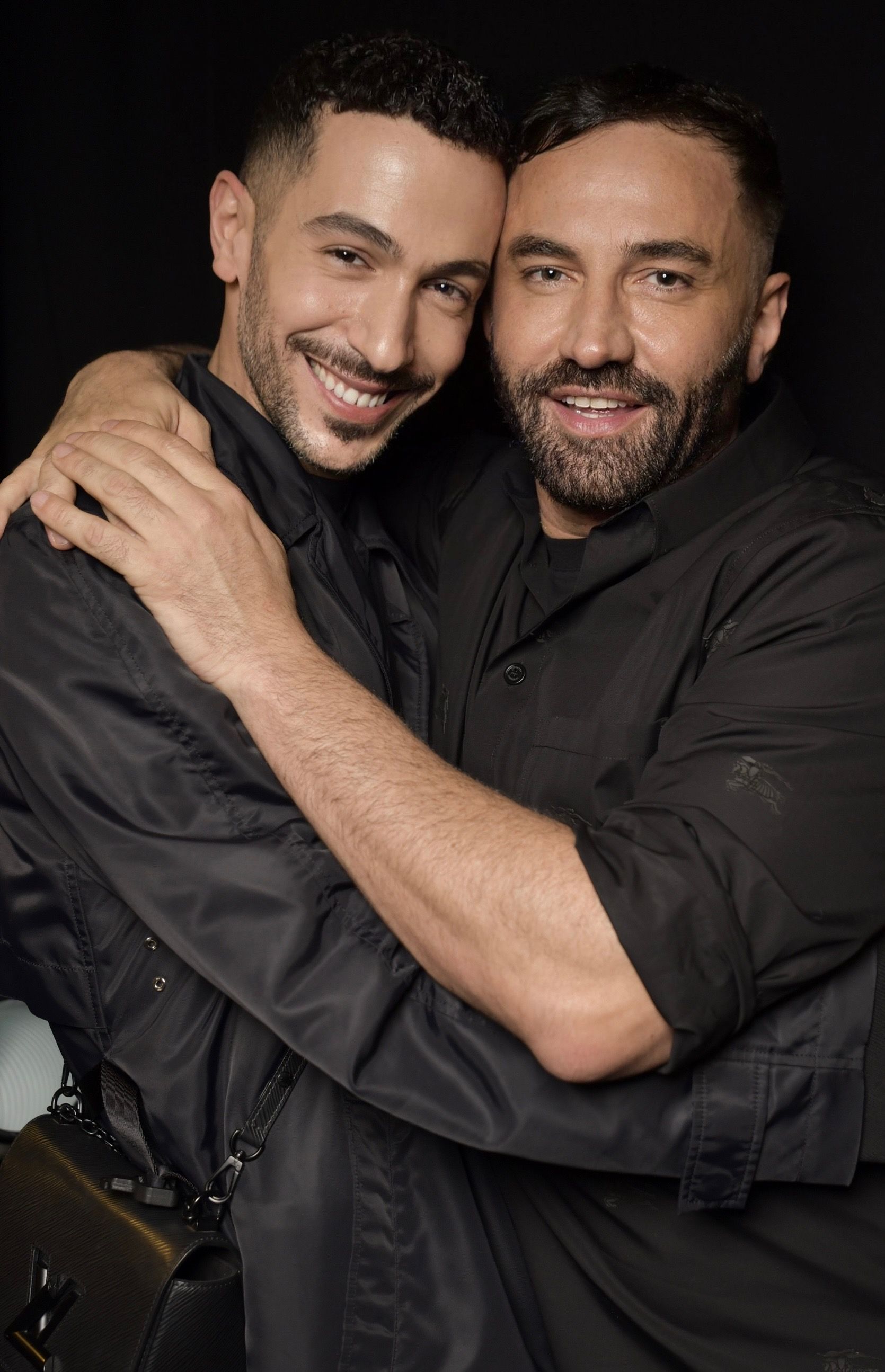
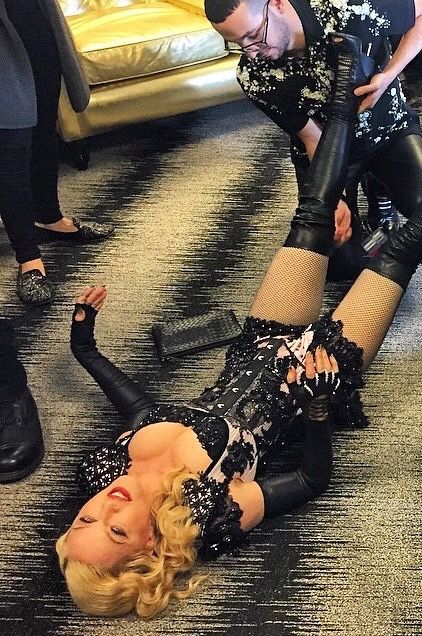
BW: And how did you move up the ladder at Givenchy?
YM: My boss at the time, Caroline, moved on to another experience. She had been there for a while. I was offered the direction of the department. When I started at Givenchy, we were four people, by the time I left we were 60. The media team, the digital team, the events team. I wouldn’t trade it for the world, but it was intense.
BW: I want to talk about celebrities. I am guessing that getting celebrities on board isn’t always about big budgets. It’s personal. They need to trust you. The relationships you have built are the assets, not your phone book. I’m not sure if being “good with people” is a natural skill or if it can be learned.
YM: It’s definitely not something that everybody can do. Otherwise I wouldn’t exist in this context. It comes down to who you are and how you can help someone with their goals. If a talent or celebrity doesn’t feel like I care about them as much as I do for the brand, then I am not doing my job. Without trust, there is no way you get a celebrity to do something out of the box, no matter the budget. A collaboration goes beyond money. It’s also about respect. Clients take my call because I will only approach them with something major.
BW: I think there are also two kinds of employees that a luxury brand doesn’t let go to anywhere else: the ones who take care of VIPs and the ones who take care of VICs. Those relationships are worth a lot.
YM: When I became head of comms at Givenchy and then at Louis Vuitton, I was hiring at all touch points of communication and directing those teams. Sometimes I found it easier to hire anywhere where it wasn’t so relationship based. People come with a heavy load of relationships that they have nurtured in their past roles, whether you like them or not. If you’re an architect, you know how to draw up a store—and there’s no difference whether you come from Prada or Coach. But if you come from communications, celebrity, talent, PR, or casting, you come with relationships that you’ve nurtured. And the identity of that brand will have triggered specific relationships that might not be right for the new projects.
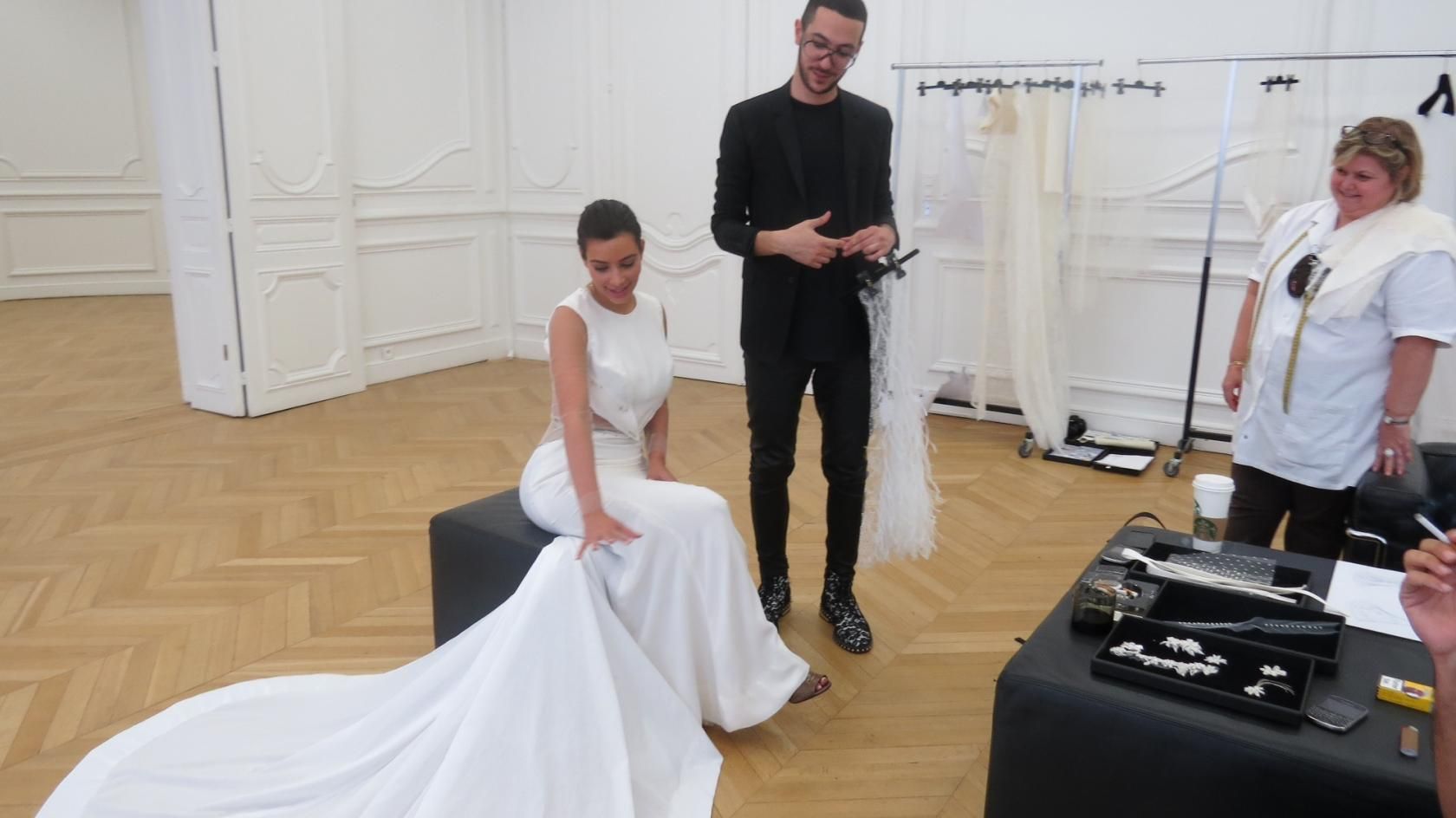
BW: For someone who reads this and might not exactly be aware of all the communications departments, can you give us a little run down?
YM: In the simplest form, communications is every discipline of a business that is seen and visible to the outside world. So, there is media relations, which encompasses all the newsworthy things happening within the house, all the messages that the house wants to put out to the world. Then there is paid for visibility, whether it be press, out of home, different media operations buying space. There’s event production—from corporate events to fashion shows, they all need to be aligned with the brand’s communication strategy. There are image departments where we work on creating content and having content strategy for all the brand’s channels. All these different departments are going to be asking for visuals of the product that you’re promoting. There is also a group of people that handle directing that content, producing it, post-producing it, delivering it on time, having a content strategy, making sure all the channels are fed with the right content at the right time. This has become a very, very important part of the job. Then there are the celebrity and influencer departments—they are separate entities from the press department—which cast the ambassadors, work on product placement and on the celebrity casting for the campaigns. The human representation of the brand happens there. The digital department casts talent for activations, paid or organic. At a brand like Givenchy, we also included the visual merchandizing department in this mix because the store and its windows are also communication to the customer in my eyes. Then on top of that, big houses have the heritage part of their brand, archiving things, exhibitions, supporting cultural moments, the DNA of the brand. All these departments create the brand universe and have to be aligned for a strong brand message.
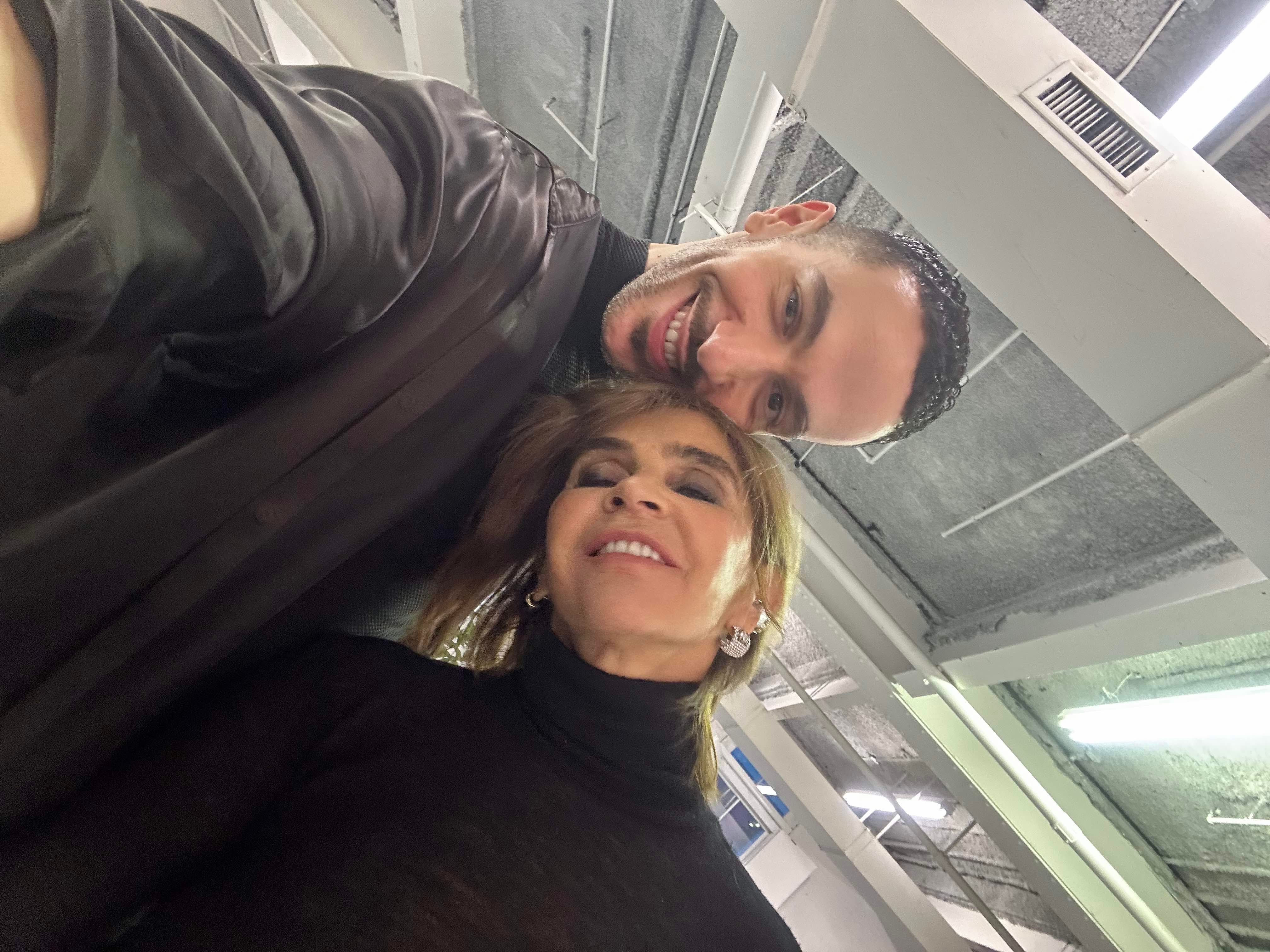
BW: To be honest I only realized that these are all separate departments since I have been working for 032c. I thought it was all “PR” or just “marketing.” But when I started my editor role, I suddenly realized that sometimes I was invited as talent and sometimes I was invited as press by different departments. Overseeing all these departments within an organization that needs to sell product and has a creative director that wants to be creative is a big task.
YM: Yes. The most important part is the people you surround yourself with—and that they are aligned on the same vision. Installing the vision is intense.
BW: I want to talk about your agency. I don’t know how much you can say about your setup, so I’ll say what I see. Besides Phoebe Philo, you are the only person that is publicly supported by LVMH. That’s insane. I know they invest in brands but to be a public supporter of your agency, that’s big. My assumption is that over the years, your experience and your close connection to VIPs became incredibly valuable and they didn’t want to lose you. How does your setup with LVMH work for your agency Marquis?
YM: When I left my last job at Louis Vuitton, I wasn’t thinking about leaving the LVMH group. I have been with them for 15 years. LVMH holds on to their people and takes care of them. They have no so-called “talent drain,” losing talented people in the organization. So, when I wanted to do something on my own, there was no question of who I wanted to work with. I wasn’t thinking about who else to go to. They made me a proposal, “We’ll still own half of your time in exchange for your services through all the LVMH brands, but you’ll have half of your time that’s free.” So, that’s what we are doing. LVMH was the first to see my approach to the world of communication and they trusted me. We are both loyal. And if someone understands the inner workings of a group or a brand, it’s efficient to keep them around—or adjacent.
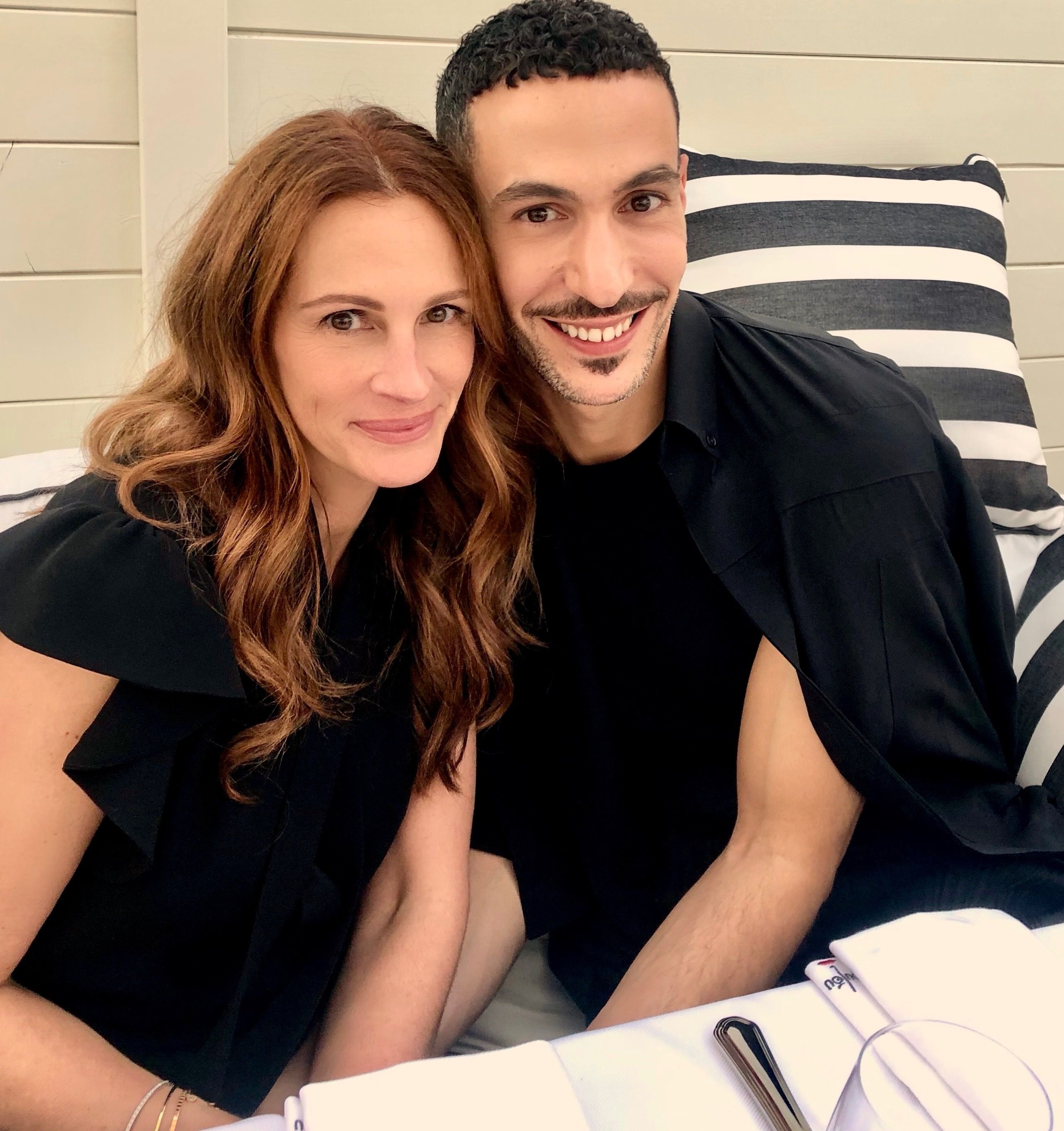
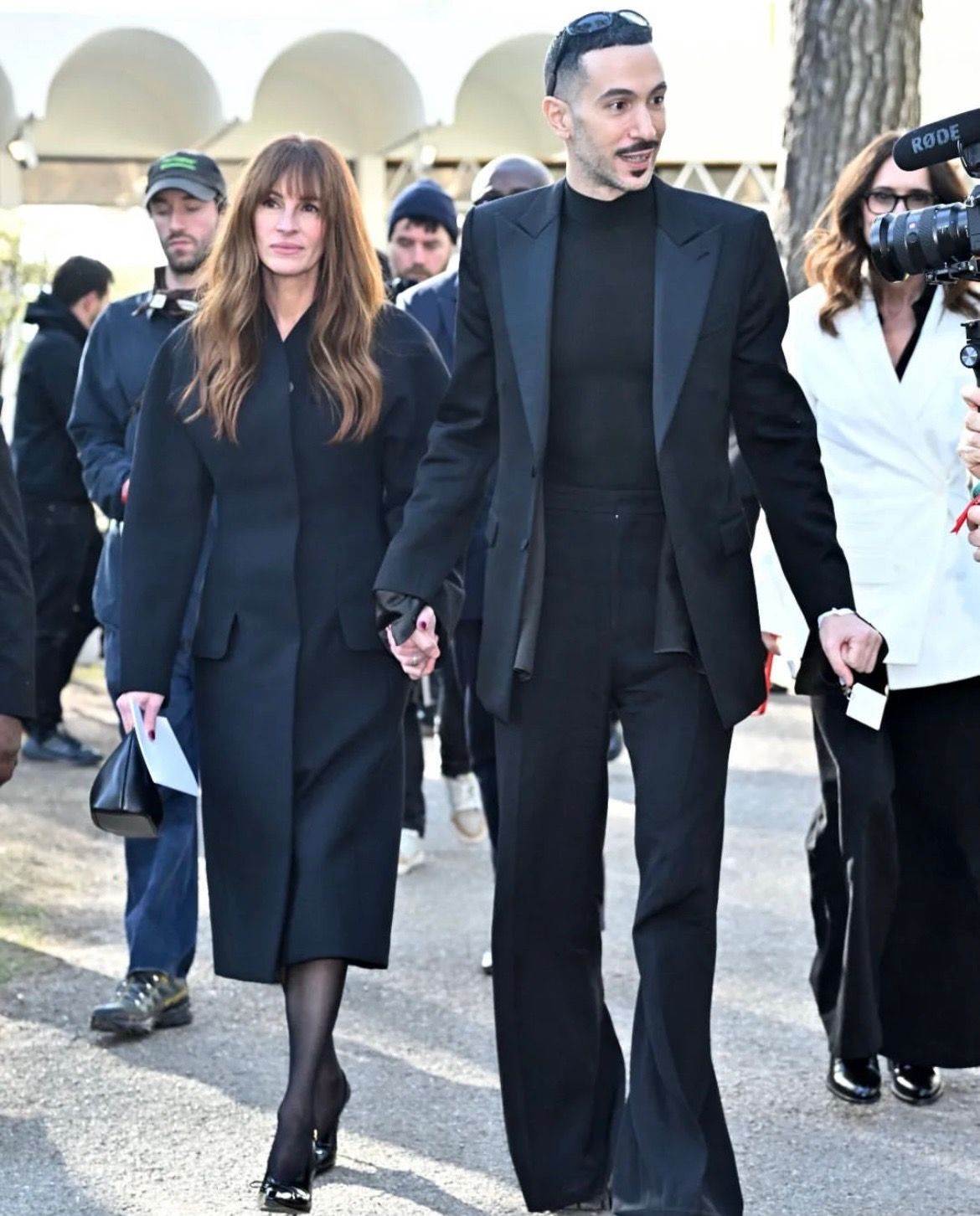
BW: And who are your clients or projects? Celebrities? What is your daily business?
YM: I work on comms strategies and on brand image strategy, on strategic consulting. Some brands like Swarovski, for example, come in and we work on the season launch on all the touchpoints or the year ahead or what we’re doing strategically. Then there’s the big blockbuster discipline of the celebrity and influencer relations that we do for the brands. That is the reason why most people come. For celebrity work, we do everything from strategy to operation. We’ll take the product, do the product placement, campaign casting, ambassador recruitment, and influencer reach outs. We’ll do all of that and the deals. I will also take on casting for magazine covers, which we will do for no budget. I want us to be the reference point for connecting the fashion world and the entertainment world together. They are always colliding, but I want to do it in an organized way. An A list person has a lot of people pulling strings. They have a publicist. They have a commercial agent. They have a movie agent or a music agent or attorneys. But often they don’t have someone who knows fashion with a capital F and is actually based where it all happens. Someone who understands the inner workings. We help to navigate this. Some clients are just long-standing friendships and I help in whatever way they need.
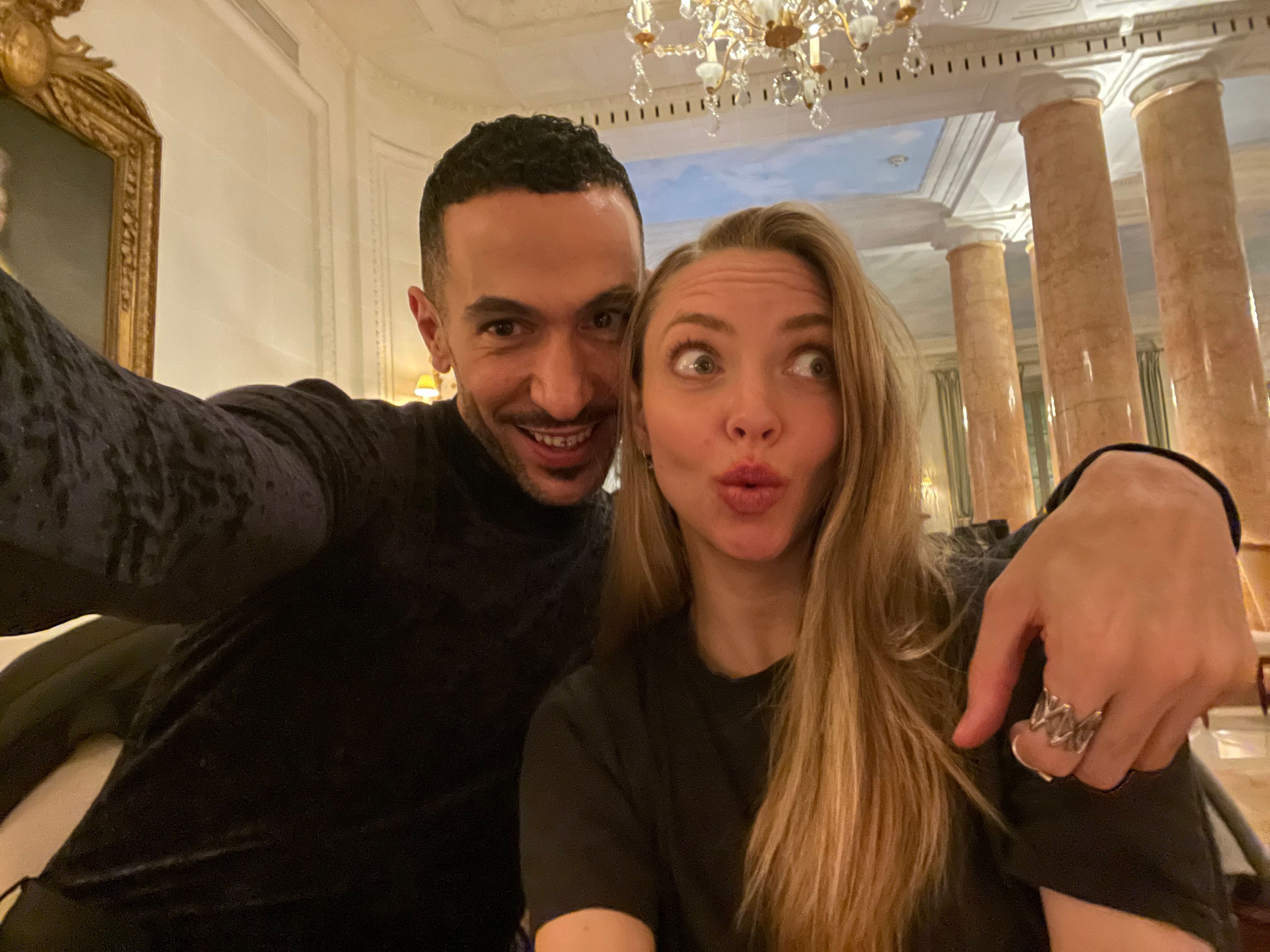
BW: Can you talk about what is happening right now in terms of celebrity and fashion and communications?
YM: Obviously we can’t ignore that it’s nonstop now, an escalation. There are very few “break the internet” moments anymore because everyone is trying to break the internet and break the mold. Now it’s about long-term vision, cutting through the noise. Not trying to “catch up.” Don’t look for immediate return. Someone with 20 million followers does not automatically have the same halo effect that a celebrity with long standing authority who might not even be active on social media does. There are talented people who, when they arrive at an event, change the trajectory and give it cultural validation. An icon doesn’t show up to every event every day, they choose wisely. And for celebrities or their team, it’s often hard to resist the appeal of extra publicity, but it can wear down.
BW: Can you define icon status for me? I just saw you with Julia Roberts at the Jacquemus show.
YM: Emotional attachment. There is true admiration. There is charisma that goes beyond social media numbers. I would say they are always a little bit above that system of metrics and social media mayhem. They don’t need to be measured. They arrive and elevate the room. Some moments truly create pop culture moments, cultural resets. You can’t point your finger at the exact elements in the moment, but you can tell that it was a moment years later.
I remember my first Julia Roberts campaign I worked on with Riccardo, Madonna’s Superbowl, Beyoncé’s Met Gala looks, Meghan Markle’s wedding gown. These are timeless moments. Moments that were at the intersection of culture, fashion, and entertainment that were way bigger than the brands themselves. And sometimes there were moments that people didn’t get initially. Kim’s flower dress at the Met. And now, years later, it’s iconic. Some moments weren’t appreciated immediately, but in hindsight they changed the game. And I have seen the fashion industry transform into pop culture. Let’s see how far we go. It has become as fascinating to people as movies or music and other art forms. It means I won’t have any trouble recruiting people. But we do have to wonder: Is it sustainable for all of us to keep running all the time?
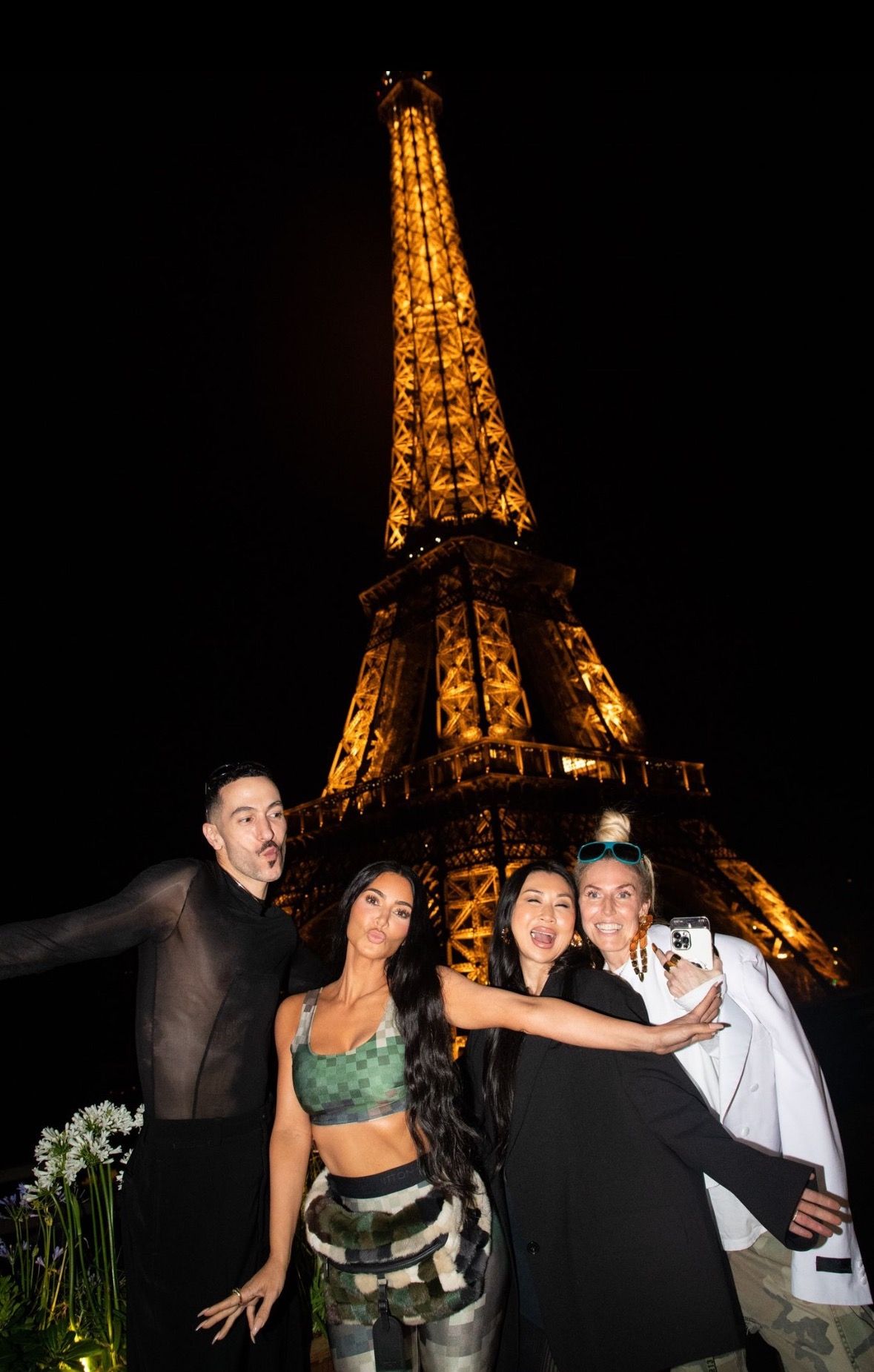
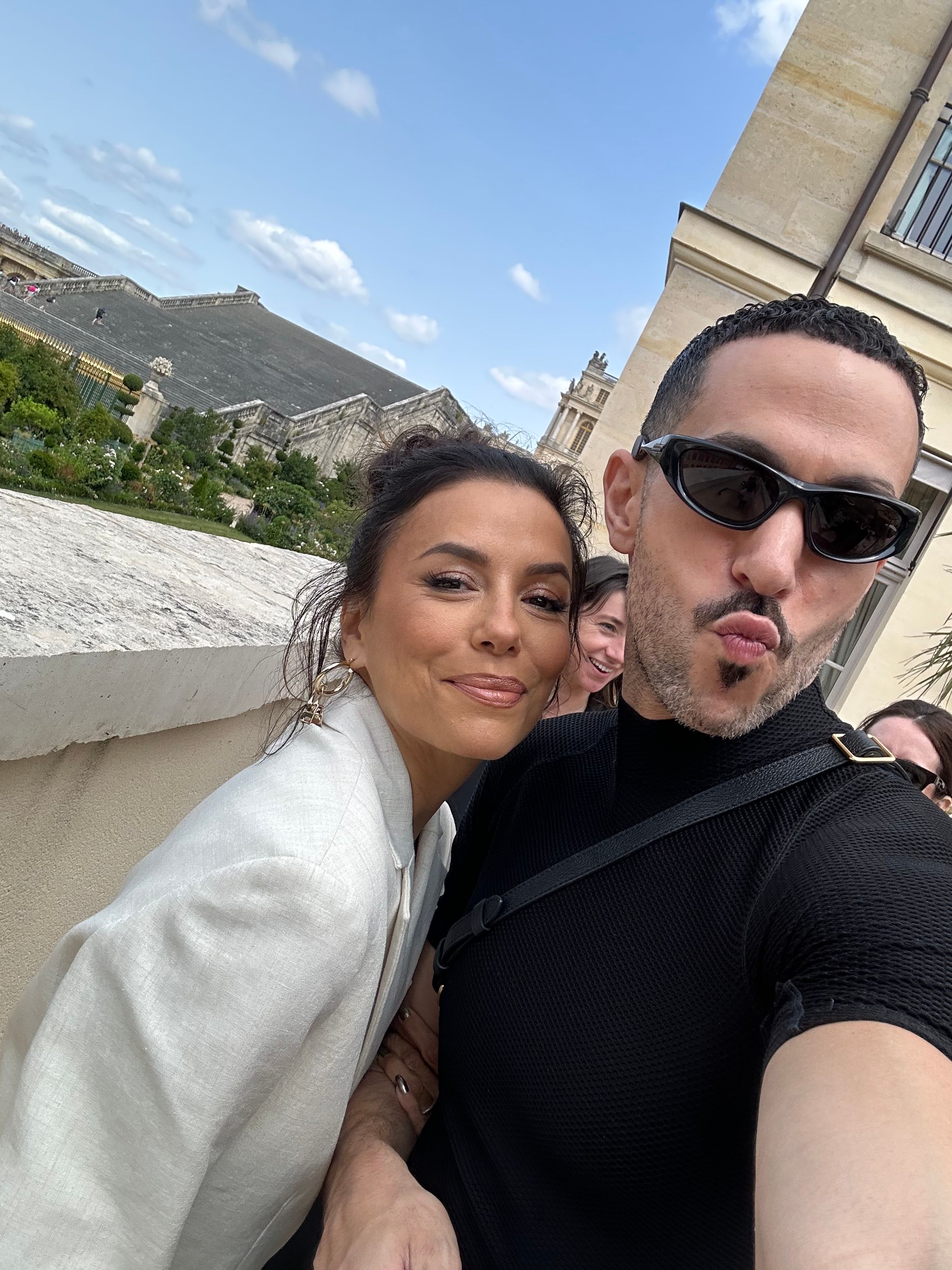
Credits
- Text: BRENDA WEISCHER
